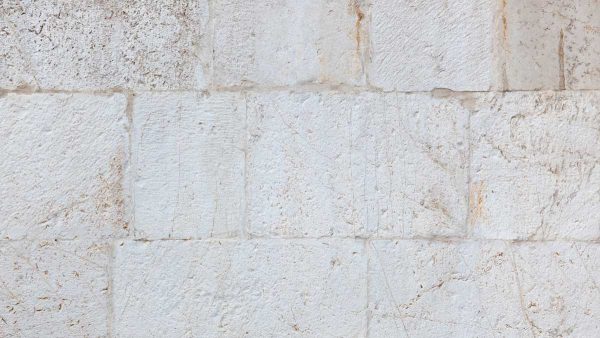What causes limestone erosion?

Limestone is a sedimentary rock made up of mostly calcite or dolomite. It is typically used for things like walls and decorative trim, as well as a decorative veneer. Despite being a solid stone, it is considered soft on the Mohs Hardness Scale. It is similar to marble, as they are metamorphic counterparts.
While both limestone and marble are beautiful materials and consumers love to use them as both decorative and structural elements in their homes and businesses, they are susceptible to damage.
Water
While water is one of the most important substances on earth for humans, it is also one of the most abundant and destructive forces when it comes to caring for structures. Water molecules can tear apart massive structures over time due to erosion. Because limestone is porous when it rains, all the pressure and contents of the rain affect the stone as well. This means that things like acid rain or pollution affect the condition of your limestone.
Thermal damage
Thermal degradation negatively affects the compression strength, compression strain, color, and mass loss of limestone. Limestone does not always heat evenly, so the parts that are closer to the heat source can crack and break.
Wind
The wind is a powerful force in and of itself when it comes to erosion. The force of the wind can chip away some of the fine details within the stone. Wind-driven rain combines the destructive forces of the wind and rain to erode limestone that is outdoors.
Staining
In addition to the other problems limestone faces from natural forces, it can be vandalized. If something is deliberately spray-painted or chipped, it can be very difficult to restore. Of course, accidents happen and can stain the limestone as well.
If you need help preventing or repairing limestone damage, we can help. Contact JK Industries today to see if we can help you solve your limestone issues.
